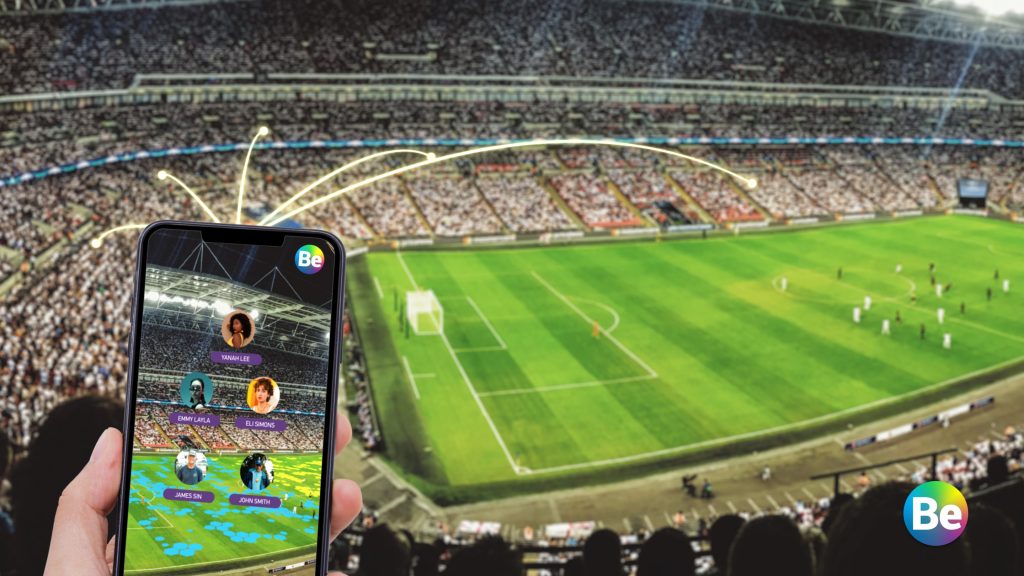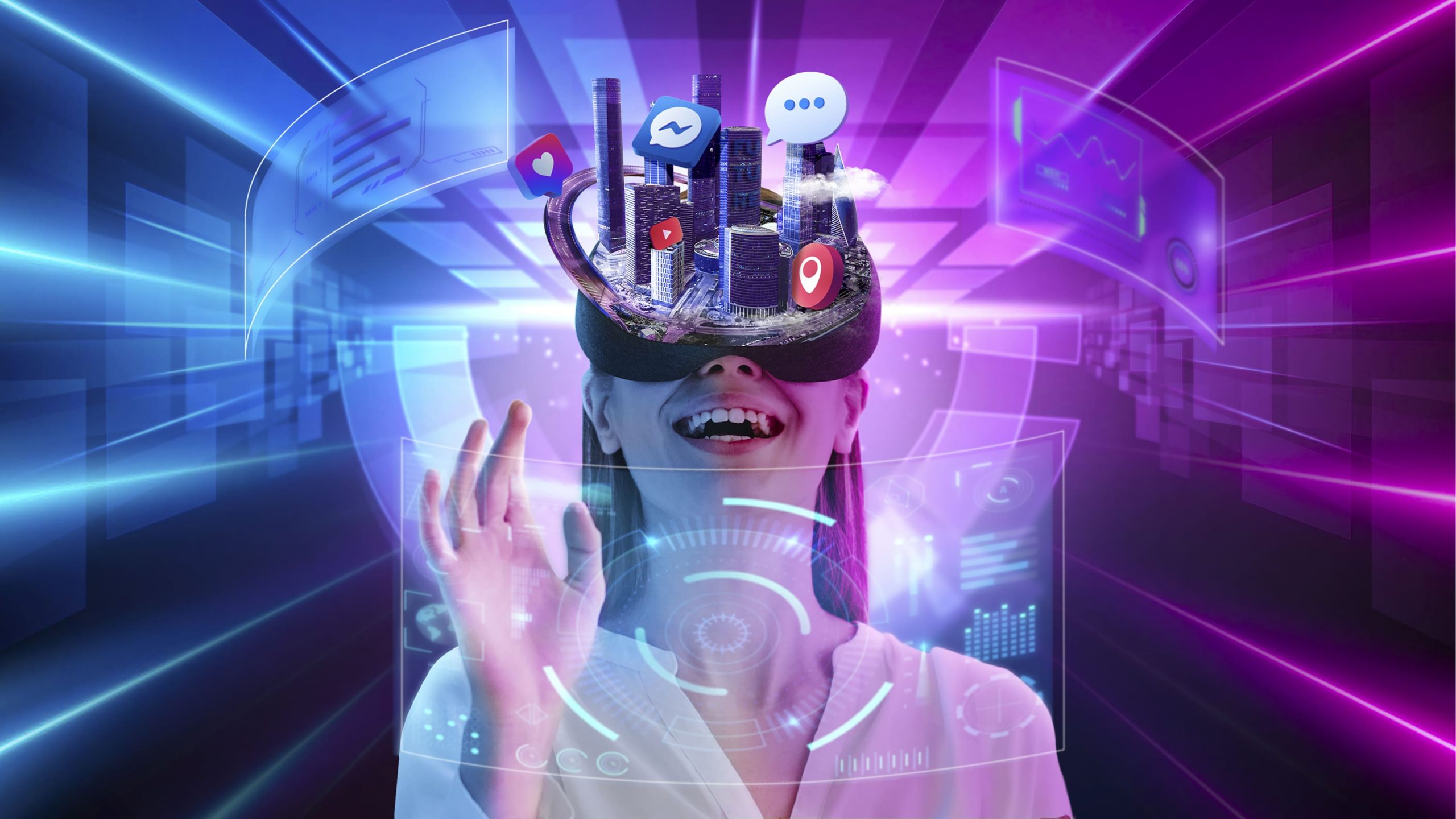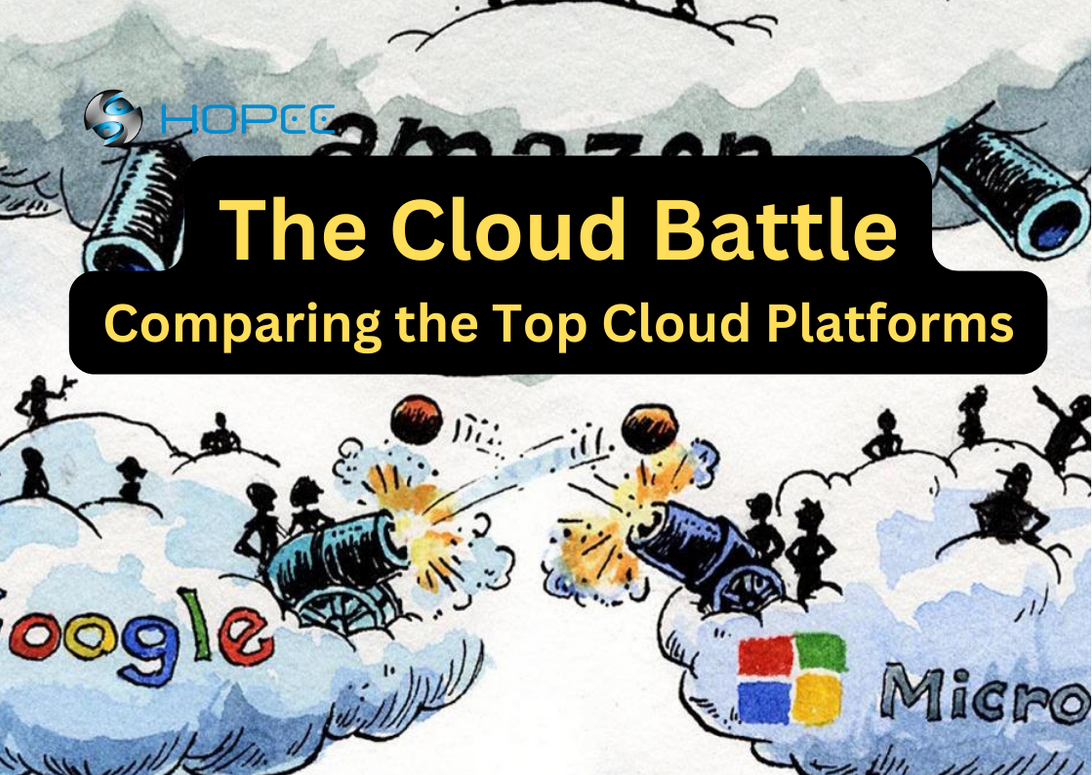Are you ready for the future of work? In today’s rapidly evolving landscape, the integration of artificial intelligence (AI) and human collaboration has become a game-changer. By leveraging the strengths of both AI and humans, businesses can unlock unprecedented levels of productivity, efficiency, and innovation.
But what exactly does this new landscape look like, and how can you take advantage of it? Let’s take a closer look at the ways AI and human collaboration are revolutionizing the future of work.
1. AI is Changing the Way We Work
Thanks to AI, the way we work is rapidly evolving. From chatbots to virtual assistants, AI is becoming more integrated into our daily workflow. But it’s not just about automating menial tasks. AI is also helping us make better decisions, analyze data more effectively, and optimize workflows.
Tip: Start by identifying the areas of your business that could benefit from AI. Chatbots can be used for customer service, virtual assistants can help manage your schedule, and data analysis tools can help you make better decisions.
2. Humans are Still Essential
Despite the increasing role of AI, humans are still essential to the workplace. In fact, humans bring a unique set of skills that AI simply can’t replicate. Creativity, emotional intelligence, and critical thinking are just a few examples.
Tip: Focus on developing these human skills in yourself and your team. Encourage creativity and experimentation, and provide opportunities for professional development and upskilling.
3. AI and Humans Can Collaborate to Achieve More
The real power of AI and human collaboration lies in the synergy between the two. When AI and humans work together, they can achieve more than either could on their own. For example, AI can automate routine tasks, freeing up humans to focus on higher-level thinking and decision-making.
Tip: Look for opportunities to integrate AI into your workflow in a way that complements human skills. For example, use AI to analyze data and provide insights that humans can use to make better decisions.
4. The Future of Work Requires Flexibility
The future of work is not just about technology—it’s also about flexibility. As the world becomes more connected, businesses need to be able to adapt to change quickly. This means embracing remote work, flexible schedules, and new ways of collaborating.
Tip: Start by assessing your current work culture and identifying areas where you can be more flexible. Consider implementing remote work policies, allowing flexible scheduling, and experimenting with new collaboration tools.
5. AI and Human Collaboration Will Drive Innovation
Finally, AI and human collaboration will be a key driver of innovation in the future of work. By working together, humans and AI can develop new ideas, products, and services that wouldn’t be possible otherwise. This will require a willingness to experiment, take risks, and embrace new technologies.
Tip: Encourage a culture of experimentation and innovation in your workplace. Create opportunities for cross-functional collaboration, provide resources for upskilling, and celebrate new ideas and achievements.
In conclusion, the future of work is here, and it’s all about AI and human collaboration. By leveraging the strengths of both, businesses can unlock new levels of productivity, efficiency, and innovation. To succeed in this new landscape, businesses need to be flexible, adaptable, and willing to experiment. Are you ready to embrace the future of work?
Don’t miss out on the latest insights and tips on the future of work! Follow HOPEE for more valuable content.




